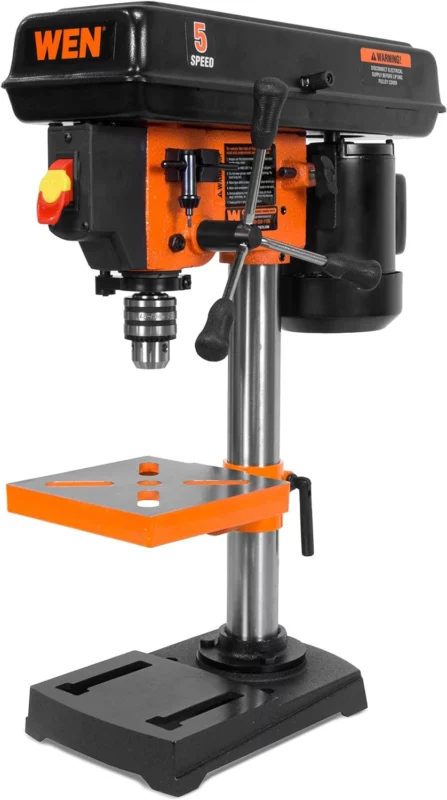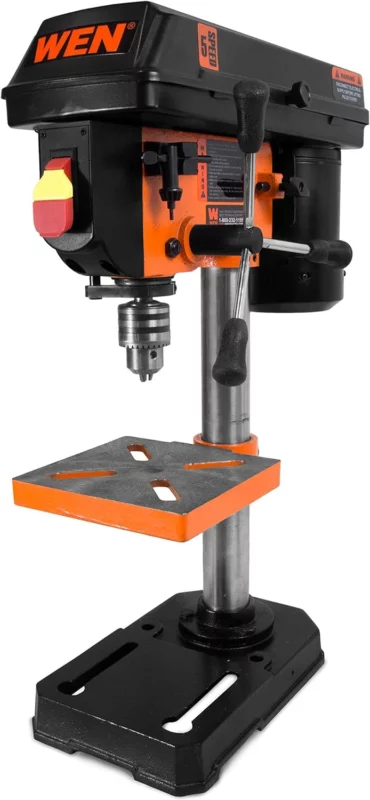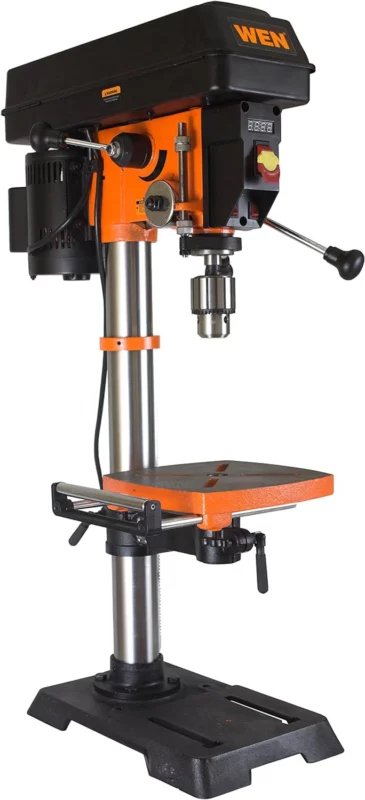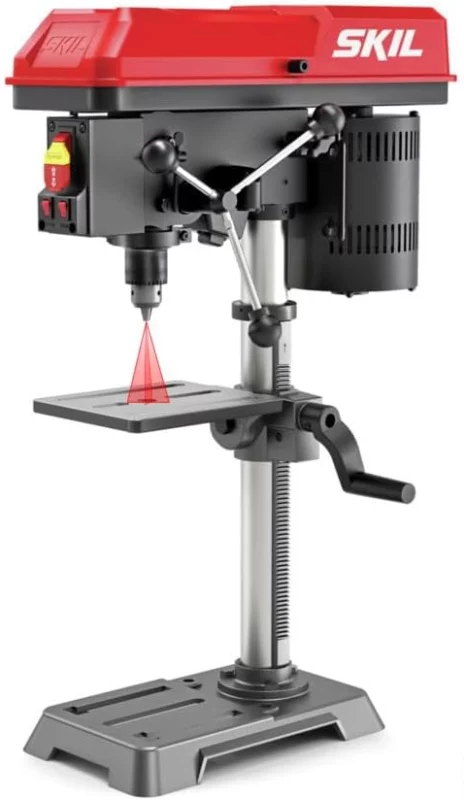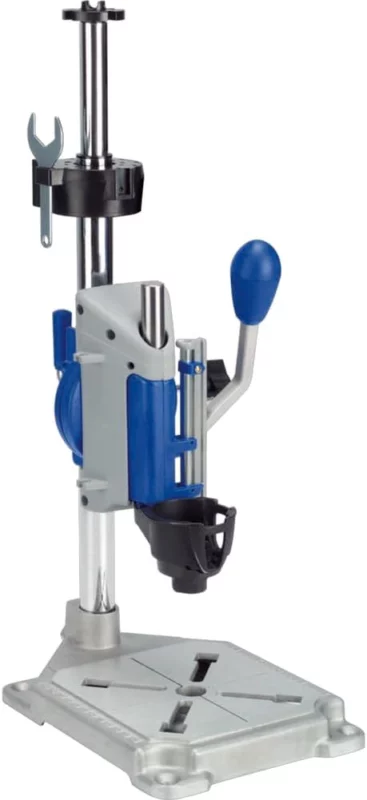Drill Press Buying Guide
Welcome to my drill press buying guide.
A drill press, often overlooked, is a cornerstone tool in both a professional and hobbyist workshop.
Unlike handheld drills, a drill press offers unmatched precision, power, and versatility, making it essential for projects requiring exact holes and consistent outcomes.
Whether you're crafting furniture, building a model, or handling intricate metalwork, the right drill press can elevate your craft.
In this guide, I’ll walk you through everything you need to know to select the perfect drill press, infusing my personal experiences and preferences to help you make a well-informed decision.
Understanding the Basics of Drill Presses
What Is a Drill Press?
A drill press is a stationary tool used to drill precise holes at specific angles and depths. It consists of a base, column, table, spindle, and drill head.
The key advantage of using a drill press over a handheld drill is its ability to offer stable, accurate, and repeatable drilling operations.
Types of Drill Presses
Benchtop Drill Presses:
- Compact and more affordable.
- Ideal for small workshops and lighter work.
Floor Drill Presses:
- Larger and more powerful.
- Suitable for professional environments and heavy-duty drilling.
Magnetic Drill Presses:
- Portable with a magnetic base.
- Used for drilling into metal, particularly in construction and industrial settings.
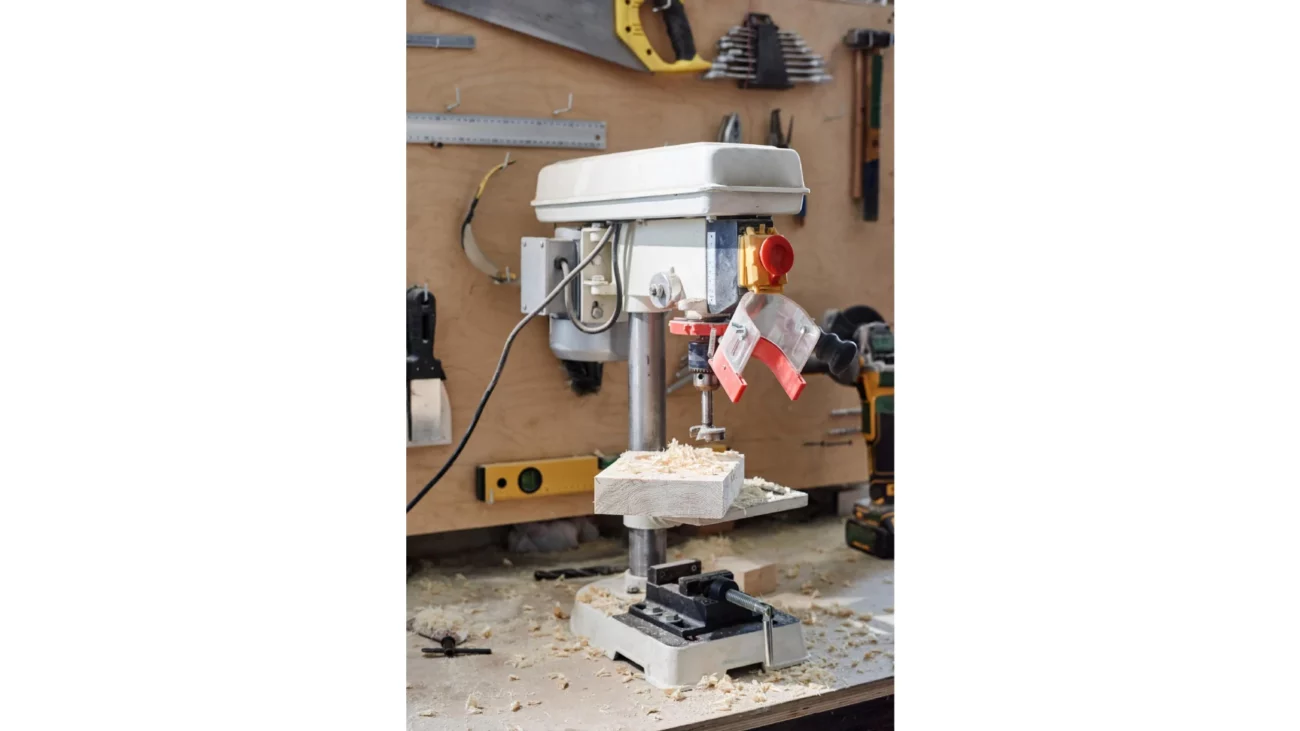
Key Features to Consider When Buying a Drill Press
Motor Power
The motor power, measured in amps, determines how well the drill press can handle various materials. Higher amperage means more power for drilling through tougher materials.
Speed Settings
Different materials require different drilling speeds to ensure clean, precise holes without damaging the material or the drill bits.
- Variable Speeds: Allows you to select the perfect speed based on the material and the size of the hole you need to drill.
Drill Press Size and Swing
The size of the drill press is often determined by the “swing,” which is the maximum diameter of material that can be fitted and drilled through by the machine.
- 8-Inch Swing: Suitable for light tasks and smaller workshops.
- 12-Inch Swing and Above: Best for professional and industrial applications.
Additional Features
- Laser Guide and Work Light: Enhances accuracy and visibility.
- Adjustable Worktable: Allows for angled drilling, which is essential for joinery and furniture making.
- Depth Stops: Enable consistent drilling of multiple holes at the same depth.
Enhancing Your Drill Press Experience
hoosing the Right Drill Bits
- Twist Bits: Common for general drilling purposes.
- Forstner Bits: Ideal for creating clean, flat-bottomed holes in woodworking.
- Spade Bits: Best for rough-boring in wood.
Maintenance Tips
- Regularly check and replace belts and brushes.
- Lubricate moving parts to prevent wear and ensure smooth operation.
- Keep the work area and the machine clean to avoid any operational hazards.
My Personal Recommendations for Drill Presses
Enhancing Your Drill Press Experience
hoosing the Right Drill Bits
- Twist Bits: Common for general drilling purposes.
- Forstner Bits: Ideal for creating clean, flat-bottomed holes in woodworking.
- Spade Bits: Best for rough-boring in wood.
Maintenance Tips
- Regularly check and replace belts and brushes.
- Lubricate moving parts to prevent wear and ensure smooth operation.
- Keep the work area and the machine clean to avoid any operational hazards.

